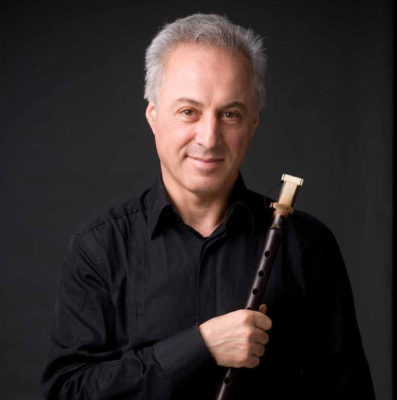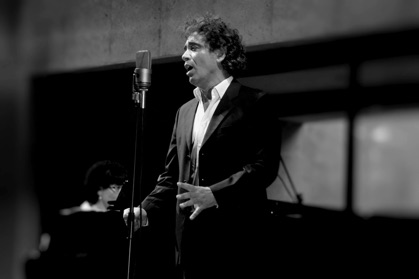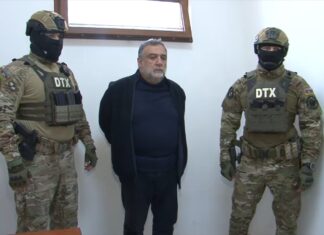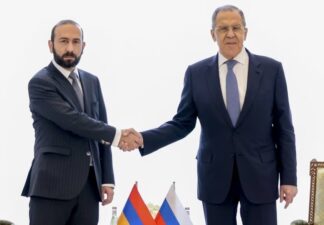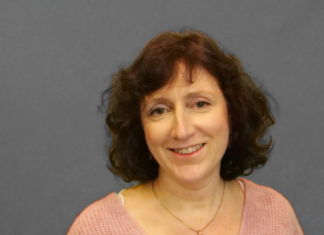BERLIN — Neukölln is a district in Berlin whose very name is synonymous with internationalization, immigration and cultural diversity. The district is home to first-, second-and third-generations of Germans whose forefathers came from many different countries. A large percentage of the population has Russian or Turkish roots, others Arab, as well as Kurds, Roma people and still more.
In addition to the post-World War II immigration, over recent years more newcomers have arrived from Iraq and Syria. In this milieu, one might not have expected to come across posters announcing an initiative called “Neukölln Armenisch.”
A series of events, lectures, readings, concerts, have been taking place under this rubric since January 24 and will continue until April 2. “Living, Praising and Suffering between Orient and Occident” is the title of a photo exhibition on the culture, religion and history of the Armenian people that is running at the Genezareth Intercultural Center, sponsor of the activities.
Dr. Reinhard Jakob Kees, who is the priest at the Center and in the Neukölln church circle for interreligious and intercultural encounters, explains that the initiative “should contribute to understanding Armenian culture and to becoming acquainted with Armenian neighbors, their lifestyle and their thinking.” In a flyer for the series, Kees writes, “The history of the Armenians reaches back into prehistoric times. All four rivers mentioned in the biblical story of Paradise arise in the Armenian highlands. Was that the site of the historic Paradise?” Kees cites the biblical account locating Noah’s Ark “in the mountains of Ararat,” and points to the Kingdom of Urartu (9-6th century B.C.) on Lake Van, “which contemporary Armenians look back on with pride.”
In the Diocletian period of the Roman Empire, “when Christians were still being cruelly persecuted,” Kees writes that Armenian King Trdat III converted, giving birth to the first Christian kingdom, where an Armenian alphabet was developed, and mandatory education was available for boys and girls. This early literary culture helps explain the immense value placed by Armenians on education, as symbolized by books.
Despite the political upheavals they lived through, caught in the crossfire of great power struggles, Armenians have survived by preserving their language, education and faith. The country today represents a tenth of what Historic Armenia was, and only a third of the 9 million Armenians live in the Republic of Armenia, the rest scattered throughout the world; “and so it is that we find so many people with Armenian roots also in Berlin,” he concludes.



